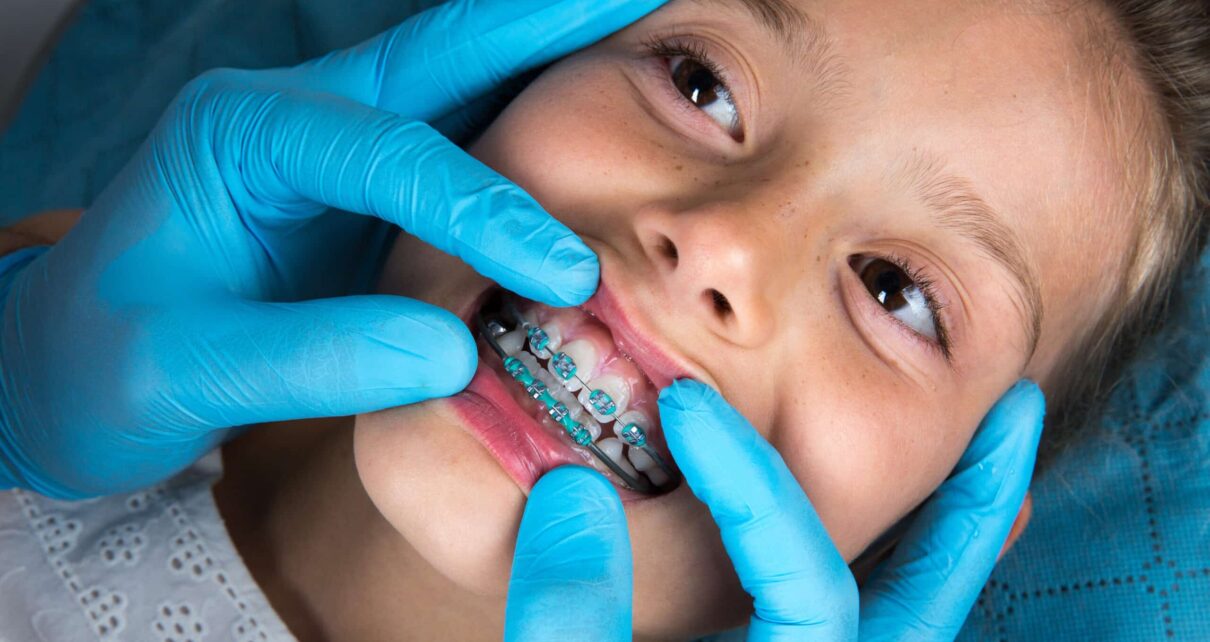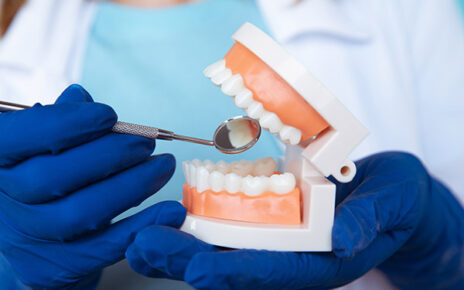Ensuring the children have a healthy and beautiful smile is certainly the priority for every parent. You may wonder when you should take your kids to an orthodontist and when they should be the right age to undergo orthodontic evaluation. Understanding the best age for kids to get hold of braces is highly crucial, as it certainly ensures optimal dental health and development in them.
Schedule your visit to a nearby dentist in Marlborough, MA, to kick-start your child’s oral health journey, especially for orthodontic evaluation. Keep reading as we discuss the importance of early orthodontic checkups and how they can help ensure your child’s long-term dental success.
Alarming Signs of Orthodontic Problems
By visiting a dentist, you can rightly determine the exact age at which your child requires orthodontic evaluation. The dentist shall perform an in-depth evaluation during routine checkups, examining the child’s bite and other factors. By age 7, your child requires an orthodontic evaluation to find and fix potential problems immediately.
Certain factors do increase the risk of your child needing immediate orthodontic care. Keep a close watch on your child’s behavior related to thumbsucking, early loss of baby teeth, extended use of pacifiers, mouth-breathing, and difficulty found in chewing or biting. Even if no visible changes exist, these factors require immediate orthodontic evaluation to avoid incorporating braces later.
Understanding the Best Age for Kids To Rely On Orthodontic Intervention
Determining your child’s exact age to get braces or other orthodontic interventions depends on factors like dental growth and the complexity of the underlying issue. Given their immediate orthodontic care needs, most children tend to start wearing braces between 9 and 14 or even earlier.
Factors That Can Influence the Timing of Braces:
- Teeth Growth: Braces remain highly effective once the permanent teeth erupt.
- Jaw Development: Incorrect teeth structures can be aligned wisely during the early growth.
- Dental Issues: Gaps, overcrowding, or bite problems dictate the timing of orthodontic intervention in your child.

Significance of Early Orthodontic Treatment
Early interceptive orthodontic treatment, called Phase One orthodontics, occurs when your child does not have permanent teeth. At this stage, the dental team focuses on straightening the teeth, improving jaw bite and alignment, and correcting spacing issues.
The orthodontist shall closely examine the jaw size and shape as present in your child. During your routine visit to the dental clinic, they shall take proper measurements and try to identify possible problems that can happen in the future at any time. Interceptive treatments help eliminate the need to wear braces in your child later on. If your child needs braces, then early intervention does help shorten the treatment duration. Early care protects your child’s smile and reduces the involved treatment costs.
When Is The Right Time to Receive Braces?
Before starting Phase Two of the treatment process, the dentist will wait for the permanent teeth to erupt and for the jaws to develop around them. Once your child’s teeth are ready, the dentist will take further measurements to determine when to perform Phase Two treatment.
Phase Two mostly begins between the ages of 11 and 13. Every child’s oral health is unique, and the treatment age highly depends on the child’s condition. The dentist will discuss the possible options and the advantages of different treatments.
Conclusion
Treating your child’s teeth and jaw alignment issues promptly shall induce proper speech development, address potential damage from permanent teeth growth, and let them sport a healthy smile. Letting your child get their first orthodontic intervention early will enhance their future social development and dietary habits.





